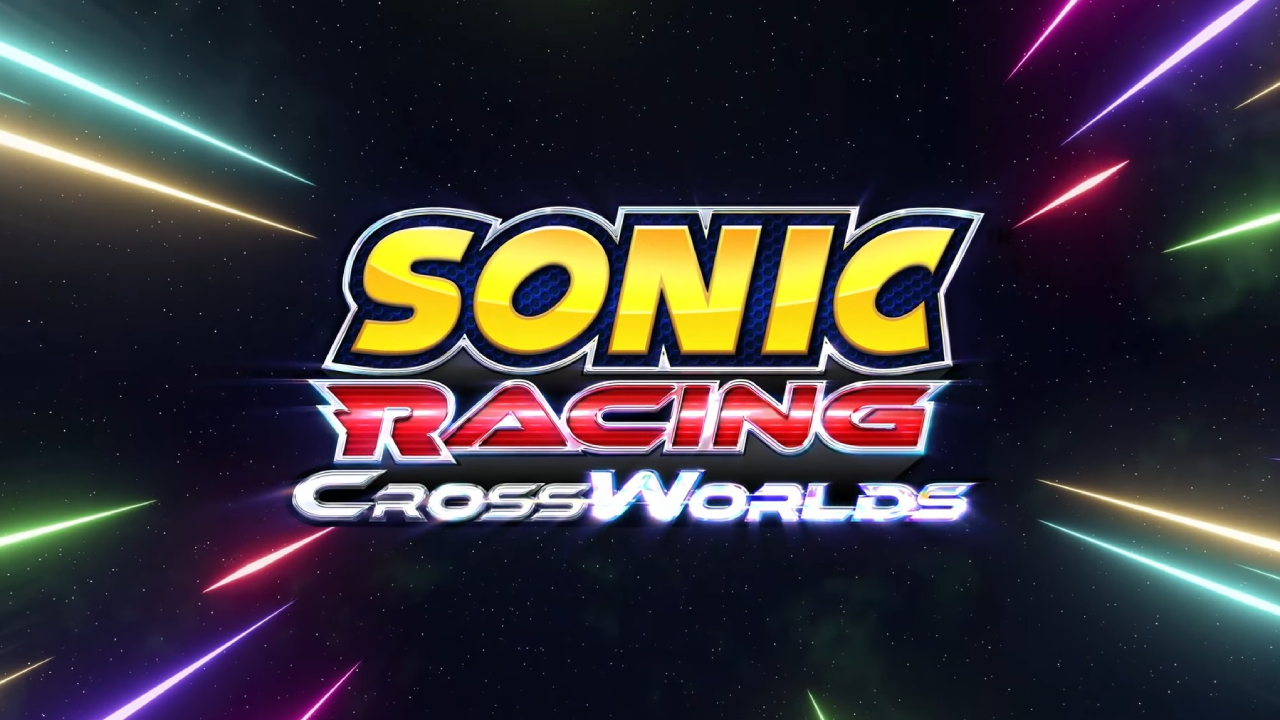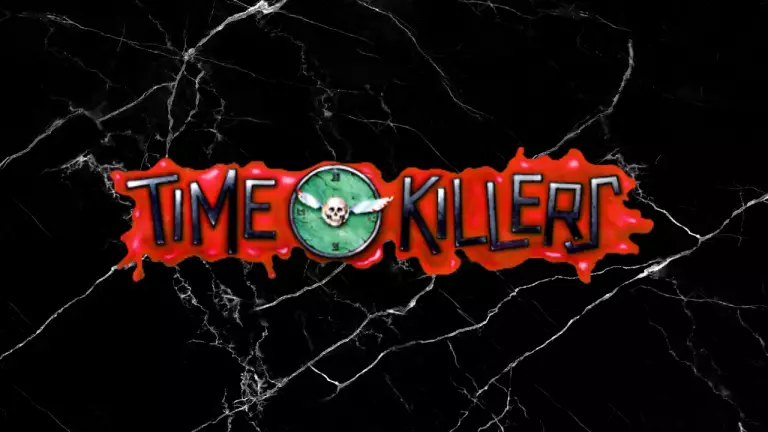[Article edited on 12/03/2024]
SEGA fans are celebrating! Over the past few weeks, two new projects have been revealed that will allow us to enjoy our favorite games in their original format once more. Both initiatives rely on a type of circuit that has become quite popular lately, especially in the retro video game scene. Of course, we’re talking about FPGA (Field Programmable Gate Array). But before we get into the specifics of these two FPGA consoles currently in development, it’s best to briefly explain some basic concepts.
What Is an FPGA and How Does It Work?
An FPGA is a type of integrated circuit that can be programmed by the user after manufacturing and can be reprogrammed for various uses, even after deployment, which gives it unique versatility. These circuits use a matrix of configurable logic blocks (CLBs) and a hierarchy of reconfigurable interconnects to link these blocks together. The internal components of these CLBs enable them to execute complex logical functions, much like a CPU, GPU, or RAM, among others. This allows FPGAs to emulate the hardware of any console with near-perfect accuracy, faithfully replicating the logic of circuits from old consoles.
What Are the Main Advantages of FPGA Consoles?
These systems offer superior precision as they replicate the original gaming experience as faithfully as possible by emulating all internal components and their functions. They are also compatible with the formats and accessories of these systems. Another significant advantage is their ability to be updated, as they can be reprogrammed to add support for other formats or improve existing emulation for specific games. This is especially helpful for titles that rely on specific hardware, such as SNES games that use the Super FX chip. Lastly, FPGA consoles offer a smooth gaming experience thanks to hardware emulation’s low latency compared to software emulation.
GF1 Neptune, the Console SEGA Never Released
We all remember how, at the start of the new millennium, SEGA said goodbye to console manufacturing. On January 31, 2001, they officially announced the end of production for their last console, the Dreamcast. After several difficult years and numerous projects that either fell through or never materialized, the economic situation became unsustainable, forcing them to permanently exit the hardware market.
One project that never came to fruition was a console codenamed “Neptune.” This hybrid between the Mega Drive and 32X was meant to bridge the gap between the fourth and fifth console generations. During the 1990s, SEGA often used planet names for their projects. For instance, the internal name for Game Gear was “Mercury,” the handheld Mega Drive version was “Venus,” the 32X was called “Mars,” and, of course, the Saturn retained its codename as its commercial name.
A Brazilian company called GamesCare, known for selling and restoring retro consoles, arcade machines, peripherals, and more, announced during GamesCom Latam that they are developing an FPGA system based on Neptune, the SEGA project that never materialized. Named GF1 Neptune, this console will allow users to play Mega Drive/Genesis cartridges as well as 32X games. Aesthetically, it’s a replica of the original Neptune design but in gray, and without the SEGA logo.
The console will feature HDMI connectivity with 1080p resolution and digital audio, an SD card reader for updates and storage, internet connectivity, an expansion port for peripherals like the SEGA CD, and analog audio/video output for connection to old TVs. The release date and price are yet to be announced, but it has been confirmed that the initial launch will target the Brazilian market exclusively. More details are expected in the coming months, but the project is already creating considerable buzz online.
Super SEGA, All of SEGA’s Consoles in One Machine
An even more ambitious project is being developed by a small Spanish team working on an FPGA console capable of running games from all SEGA consoles. This “all-in-one” console will support cartridges from SG-1000, SC-3000, Master System, and Mega Drive/Genesis, as well as CDs for Saturn and Dreamcast titles.
This fascinating device is FPGA-based and incorporates Ultrascaler+ to adapt to modern high resolutions. It will also feature WiFi, Bluetooth, an SD card reader, a CD/DVD drive capable of reading and burning discs, eight 9-pin controller ports, and two USB ports.
Currently, the team is focusing on building a functional prototype before starting their crowdfunding campaign, prioritizing system stability over profit-making or distribution. The project’s PR manager, Cristina Burgés, commented on its development:
“Until Super SEGA has a functional prototype, no crowdfunding campaign will be launched. Currently, we have most SEGA console games up to the Saturn generation playable, and a few Dreamcast titles are already working. However, we won’t consider launching the project until the prototype is finished.”

Erratum on the Super SEGA Project
When this article was first written, little information was available about the Super SEGA project. The only details came from a website with sparse information and a development document. Over time, as more updates and videos have been shared on their YouTube channel, the project has gradually raised more questions than answers.
To maintain journalistic integrity, it’s crucial to correct any unintentional misinformation provided, even when shared in good faith. For this reason, I have written a new article analyzing the project in-depth to rectify the previously provided information. You can read the full report at this link.












